Remember when North and South Korea marched under one flag at the 2018 Winter Olympics? Or how whole cities erupt when their team scores in the World Cup? Moments like these show how sports turn rivals into teammates and strangers into friends.
Sports and national games rise above politics, borders, and culture. The shared language of competition, teamwork, and celebration creates bonds in ways other things never could. That’s why we’ve created this guide at Remitly to show you how sports foster unity.
In this guide, you’ll learn the psychology behind athletic bonding and how communities use games to bridge divides.
The universal language of competition
No matter where you’re from, the emotions in sports need no translation. A last-minute goal sparks joy in Brazil the same way it does in Spain. A missed shot brings the same groan of disappointment in Tokyo as in Toronto. Pride, joy, hope, and disappointment are feelings every fan and athlete go through.
However, rules and fair play create a shared foundation. Even if you’ve never played soccer, cricket, or basketball, you can still respect a clean shot, a fair call, or an athlete’s effort. That sense of fairness builds instant trust.
Sportsmanship goes beyond borders.
At the 2016 Rio Olympics, runners Abbey D’Agostino of the US and Nikki Hamblin of New Zealand helped each other finish after a fall. In tennis, rivals Roger Federer and Rafael Nadal are known for fierce battles on court but deep friendship off it.
And the impact is measurable. Studies show how international sporting events boost empathy across cultures, with fans reporting a stronger sense of connection to people outside their own country. In short, competition brings more harmony than it divides.
Olympic Games: The ultimate unifying force
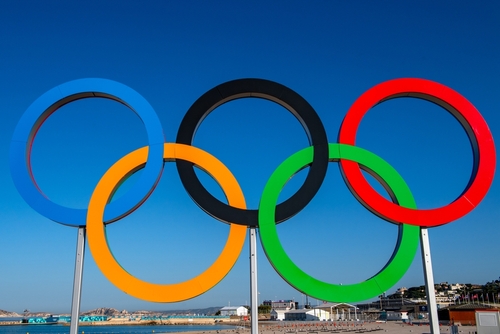
The Olympic motto “Faster, Higher, Stronger – Together” captures what makes the event special. Athletes pushing limits, side by side, no matter where they come from.
The Olympics often highlight how athletics cuts through politics. In 1936, Jesse Owens, a young American athlete, won four Olympic golds in Berlin. Owens competed during the Great Depression and under Nazi claims that Aryan athletes were unbeatable. With every race, he shattered that myth, proving both his athletic brilliance and the emptiness of Nazi ideology.
Decades later, “ping-pong diplomacy” between China and the US showed how a table tennis match could help ease Cold War tensions, marking the beginning of sports cultural exchange and diplomatic breakthrough.
The Olympic Village adds another layer of cultural unity through athletics. Every four years, for two weeks, it becomes the world’s most diverse neighborhood, with thousands of athletes sharing meals, trading pins, and building bonds that continue long after the games.
And it’s not just the Olympics, the Paralympic Games challenges stereotypes and inspires global audiences by celebrating the achievements of athletes with disabilities. They’ve shifted how entire nations view inclusivity, showing that strength takes many forms.
World Cup: When nations celebrate together
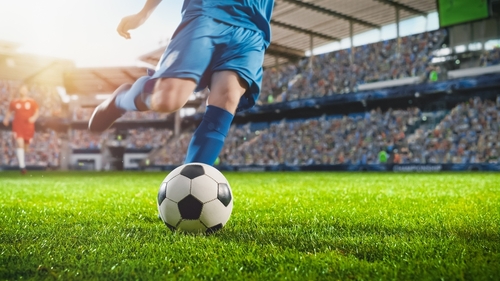
Few events match the World Cup’s global reach. Over 3.5 billion people watched the 2018 competition, making it the most-watched sporting event on earth. For a month, the world speaks one language: football.
When France lifted the trophy in 1998, celebrations united people of different backgrounds under one flag. Nicknamed the “Rainbow Team,” the squad’s diversity symbolized a multicultural France and spread joy across the nation.
In South Africa 2010, the vuvuzela became the defining sound and buzzword of the World Cup tournament. It echoed from Cape Town to Soweto, symbolizing hope and pride for the African continent.
Hosting the tournament also sparked cultural exchanges. Cities become melting pots of flags, food, and traditions, as fans flood in from around the world. Economically, it boosts tourism and trade. For example, the 2022 FIFA World Cup led to a tourism surge in Qatar, which welcomed over 2.56 million visitors by August 2023, 157% more than the previous year.
The influx of visitors fueled spending on hotels, transport, food, and services, giving a strong lift to local businesses. But socially, it’s the fan friendships, rivals singing arm-in-arm in stadiums, that truly capture the spirit of harmony.
Traditional games building modern bridges
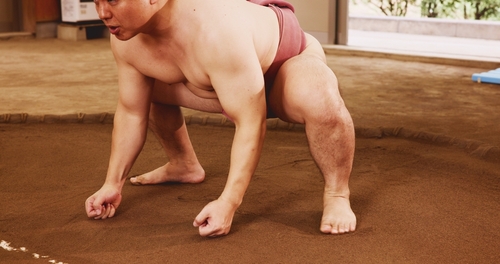
From sumo wrestling in Japan to kabaddi in South Asia, traditional sports are more than contests, they’re windows into culture. Watching or playing them allows outsiders to step into another community’s values, rituals, and history.
Today, cultural exchange programs use these games as hands-on classrooms. In India, kabaddi, one of South Asia’s oldest contact sports, teaches international students teamwork, resilience, and the values of strength and togetherness.
In the UK, cricket clubs welcome players from across the commonwealth, blending sports with shared heritage. They often become social hubs where players connect, share customs, and build lasting friendships.
Communities also use traditional games to preserve identity while embracing newcomers. Māori rugby in New Zealand is both a cultural celebration and an open invitation to experience Māori traditions. The haka performed before matches embodies ancestral pride, and for non-Māori players, it offers a meaningful way to connect with indigenous history and values.
In Australia, Aboriginal games like spear-throwing, boomerang contests, and many others carry deep spiritual meaning and pass ancestral knowledge to younger generations. They can also help connect with non-indigenous people, but only when shared with respect and through culturally appropriate channels.
When you learn a traditional game, you’re not just playing. You’re connecting with centuries of storytelling and building bridges across cultures.
Youth sports: Shaping tomorrow’s global citizens
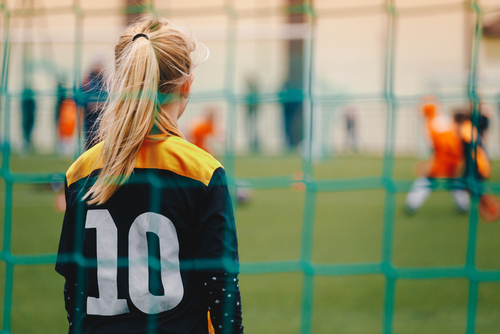
When kids play together, borders vanish. A soccer ball in the park or a basketball hoop in the schoolyard can quickly break down cultural walls before they ever take root.
International youth sports programs, such as the International Youth Federation’s (IYF) Sport for Development interventions, encourage cross-cultural learning through tournaments and leadership camps that pair young athletes from different countries.
PeacePlayers International has also used basketball to bring people together in places like Northern Ireland, Cyprus, South Africa, and the Middle East, helping youths build confidence, overcome stereotypes, develop social skills and see hope for the future. Even FIFA’s Foundation’s Football for Schools brings the value of fair play and respect into classrooms worldwide, helping children grow into global citizens.
Studies find that diverse youth sports teams help reduce prejudice and build cross-cultural skills, preparing young players to thrive globally. For example, a 2023 analysis showed that people who interact across cultural lines report significantly less prejudice and more positive views towards others. This happens even when they come from groups that feel disadvantaged or under threat.
By bringing together young people from different cultural, ethnic, and socioeconomic backgrounds, sports provide a powerful setting for friendship and growth.
Community initiatives like Germany’s Integration through Sports program help refugees and migrants join local clubs. PACES after-school programs also give refugee children in Palestine, Jordan, and Lebanon a safe place to grow and play.
These initiatives show how international sports can build skills, friendships, and belonging beyond the game. Sports aren’t just about competition, they’re about learning to respect, trust, and grow with people from different backgrounds.
Technology and sports: Connecting fans worldwide
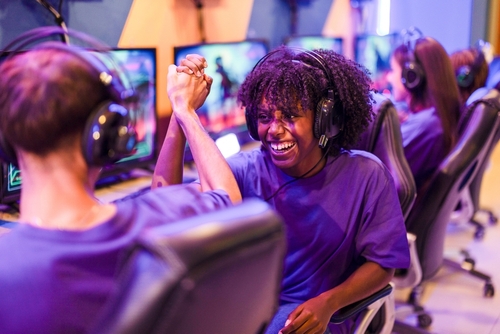
Today, sports aren’t just played in stadiums, they’re streamed, shared, and celebrated on almost every screen. Social media and live platforms let fans in Lagos and Los Angeles cheer for the same goal, building international sports communities at the speed of Wi-Fi.
Fans connect over favorite athletes and teams, trading memes, highlights, and emotions online. A Messi goal or a Serena Williams comeback can spark conversations from Vienna to Amsterdam, creating a shared language of excitement. These digital spaces turn strangers from different countries into teammates, united by passion for the same sport.
Sports video games like FIFA or NBA 2K take it further. Kids in Brazil and Japan can face off virtually, learning about each other’s culture along the way. Online leagues and global tournaments create friendships across borders. In-game commentary, player diversity, and team histories also expose gamers to new cultures without leaving home.
Online forums, fan groups, and hashtags unite millions. Manchester United has global fan pages with members worldwide, while NBA Twitter trends daily with fans in different time zones debating plays in real time. These spaces turn sports into a shared digital neighborhood where geography no longer matters.
Building bridges through sports in your community
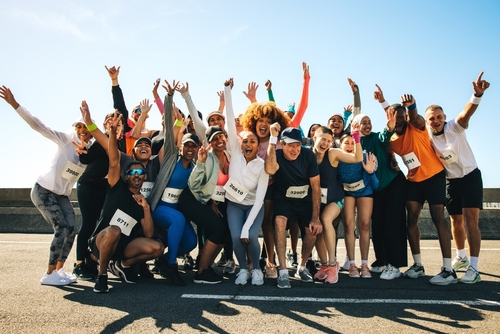
Sports and national games show us that competition isn’t just about winning. From World Cup stadiums to neighborhood courts, these global games allow fans, athletes, and communities to experience shared joy, respect, and teamwork, proving that sports can create lasting bonds.
The same spirit of unity can start right in your own neighborhood. Joining or supporting diverse teams, hosting events that celebrate cultural traditions, organizing friendly matches, or engaging in online fan groups are all ways to foster connection. By using the universal language of sports, you can build bridges, create friendships, and strengthen the community around you.
How Do World Capitals Influence the Role of Sports in Uniting Countries?
World capitals serve as cultural hubs, shaping national identities and uniting citizens through sports. By hosting international events, they foster a sense of pride and connection among diverse populations. Exploring capitals’ influence on global dynamics reveals how sports can bridge divides, promote understanding, and strengthen relationships on a national and international scale.
FAQ
How do sports help overcome language barriers?
Sports rely on shared rules, gestures, and teamwork, so people can play and communicate even if they don’t speak the same language. Actions like passing the ball, celebrating a goal, or coordinating play creates a universal language of cooperation and understanding.
What role do international sporting events play in diplomacy?
Events like the Olympics or World Cup bring nations together, allowing countries to showcase culture, collaborate, and build goodwill. Historical examples include ping-pong diplomacy between the US and China and the joint Korean team at the Winter Olympics, which helped ease political tensions.
Can sports really change people’s attitude toward other cultures?
Shared sports experiences foster empathy, respect, and appreciation for different cultures. Participating in diverse teams or watching international competitions can reduce prejudice and increase cultural understanding.
How can communities use sports to promote inclusion?
Communities can create mixed teams, host intercultural tournaments, run after-school programs, or offer adaptive sports for people of all abilities. Local initiatives like refugee youth joining leagues in Germany or inclusive basketball camps in Israel and Palestine demonstrate how sports bring people together.
What are some examples of sports preventing or reducing conflict?
Examples include rugby programs uniting Māori and non-Māori youth in New Zealand, soccer tournaments bringing Israeli and Palestinian children together. In Rwanda and Ethiopia, community leagues foster cooperation and social cohesion in post-conflict or low-resource areas.